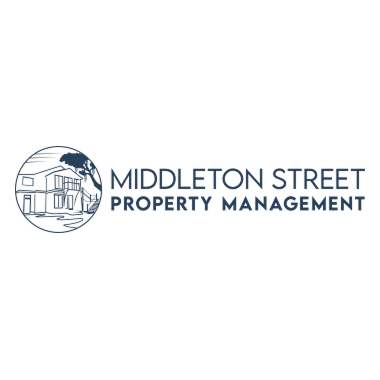 Do you know how to determine what are real damages v.s what is normal wear and tear? There is a fine line between what is actual damage and what is normal wear and tear. It takes a little bit of experience to distinguish damages and wear & tear. If not done properly it can cause arguments between tenants and landlords. You need to have a good process that will help you determine normal wear and tear and damages.
Every house is going to have normal wear and tear. Just like any other thing a house will decline to normal use. Deterioration will occur in the course of living in a property. For example, if a carpet is five years old, most likely it will need to be replaced. You can’t really charge the tenant for the full amount of the carpet. If they do damage it then you have to prorate it out.
Example of normal wear and tear:
Do you know how to determine what are real damages v.s what is normal wear and tear? There is a fine line between what is actual damage and what is normal wear and tear. It takes a little bit of experience to distinguish damages and wear & tear. If not done properly it can cause arguments between tenants and landlords. You need to have a good process that will help you determine normal wear and tear and damages.
Every house is going to have normal wear and tear. Just like any other thing a house will decline to normal use. Deterioration will occur in the course of living in a property. For example, if a carpet is five years old, most likely it will need to be replaced. You can’t really charge the tenant for the full amount of the carpet. If they do damage it then you have to prorate it out.
Example of normal wear and tear:
- Faded, peeling, or cracking paint
- Faded wallpaper
- Faded carpet
- Faded window shades
- Carpet worn thin from walking
- Loose grouting and bathroom tiles
- Worn enamel in old toilets
- Worn gaskets on refrigerators doors
- Floors in need of varnish
- Broken windows
- Broken doors
- Holes on wall
- Unapproved paint colors
- Unapproved wallpaper
- Cigarette burns
- Food stains
- Urine stains
- Missing window shades
- Excessive scoops from pet nails
- Shower mold due to lack of regular cleanings
- Cuts on counters from not using a cutting board
- Excessively unmaintained landscaping - can’t let the bushes overgrown / grass excessively high

